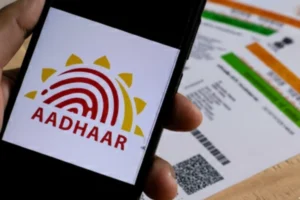
jio
Seven years ago, when Reliance Jio entered the market with free services for a year in the era of expensive data, it brought about a revolution in the field of data. It can be said that at that time, the era of expensive data appeared to be coming to an end. Although other companies also launched several new plans in this competitive battle, Jio’s role in the country’s digital infrastructure grew. It worked to transform the priorities of common people’s lives through affordable internet. Let’s take a look at Jio’s journey.
The Beginning of Affordable Data Era
On September 5, 2016, Reliance Jio started providing daily free data along with free outgoing calls from the first day of its launch. The cost of data, which used to be an average of Rs. 255 per gigabyte before Jio’s entry into the market, started being available for less than Rs. 10. India, which used to rank 155th in the world in data consumption, is now among the top two.
The World Went Online
Everything from online hotel bookings to e-commerce became easily accessible through a simple mobile phone. During the COVID-19 pandemic, when everything was online, its low prices proved to be a great relief. During this time, the use of digital payments started increasing.
In 2017, the company introduced JioPhone, which rapidly transitioned 2G customers to 4G. The reach of its network to rural areas and affordable services played a significant role in digitizing villages.
A Special Role in the Digital Economy
Before Jio’s launch, India had only 4-5 unicorns, which are startups valued at more than $1 billion. Most of them are part of the digital economy, and Jio has played a significant role in it. Indian economists have expressed hope that the Indian digital economy could soon surpass $1 trillion.
Future Plans
Mukesh Ambani recently mentioned the rapid adoption of artificial intelligence to make it available. Artificial intelligence at 5G speeds could be crucial for the development of Indian citizens.
To read more such news, download Bharat Express news apps





















